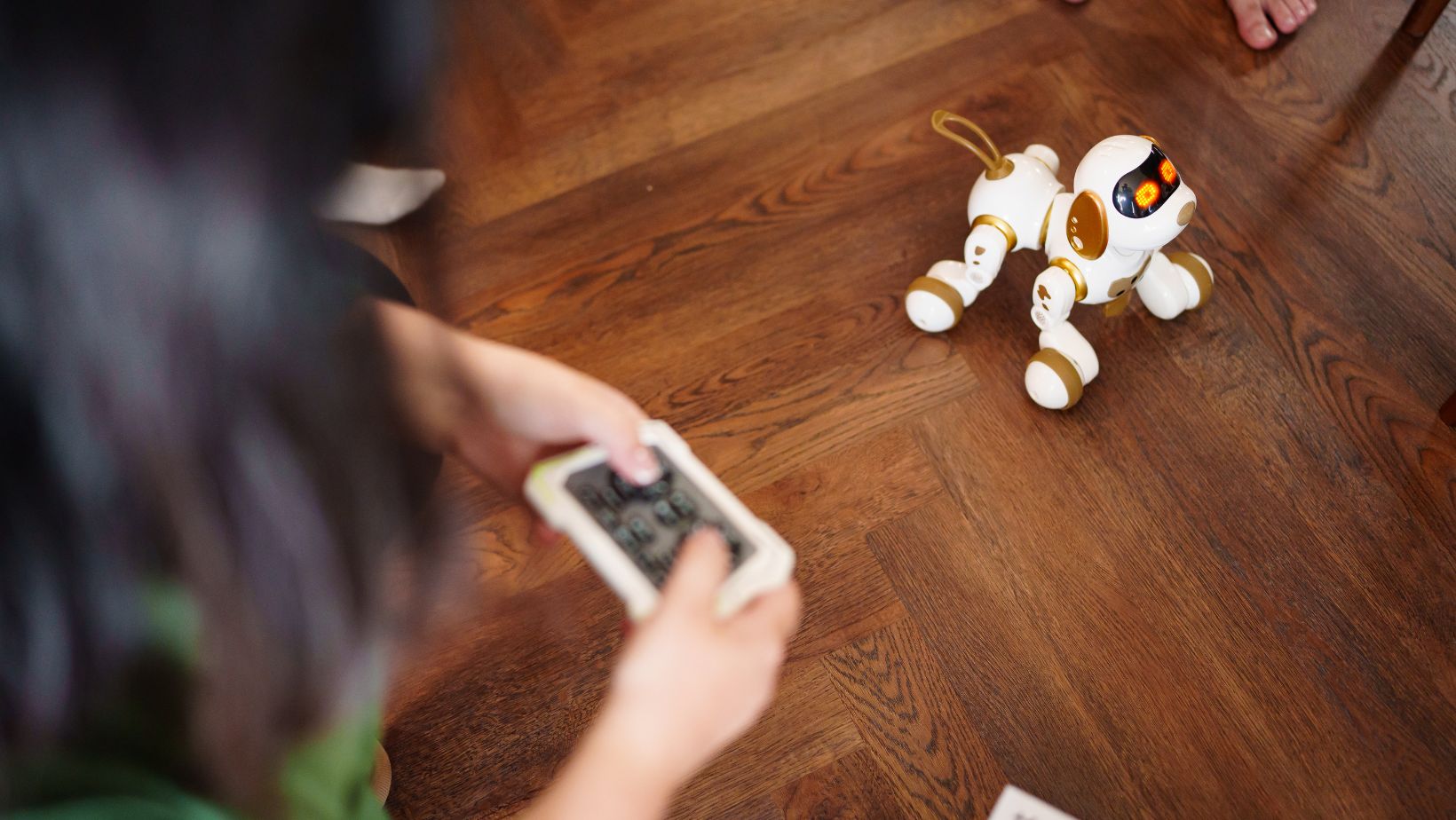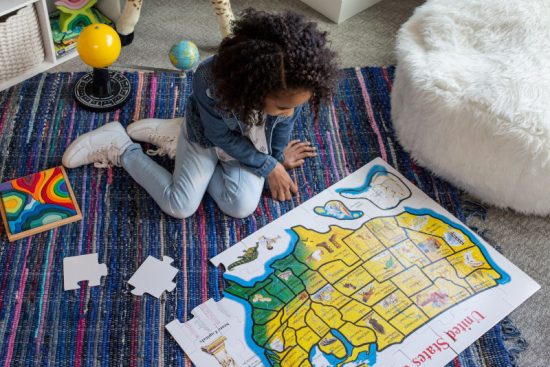
In today’s digital age, tech toys for kids are revolutionizing playtime, blending fun with education. These innovative gadgets aren’t just about entertainment; they’re designed to stimulate creativity, problem-solving skills, and even early coding abilities. Parents and educators alike are recognizing the value of these tools in fostering a love for learning from an early age.
Tech Toys for Kids
Tech toys for kids combine fun and education, shaping the future of childhood development. These gadgets enhance creativity, problem-solving skills, and early coding abilities.
Benefits of Tech Toys in Learning
 Tech toys in learning contexts offer numerous benefits. They foster cognitive development by engaging multiple senses. Interactive robots (e.g., Sphero) promote problem-solving by challenging kids with tasks. Coding toys (e.g., LEGO Mindstorms) introduce programming basics, building a foundation for future skills. Augmented reality games (e.g., Osmo) enhance spatial awareness and hand-eye coordination. These toys make learning enjoyable, encouraging kids to explore STEM fields.
Tech toys in learning contexts offer numerous benefits. They foster cognitive development by engaging multiple senses. Interactive robots (e.g., Sphero) promote problem-solving by challenging kids with tasks. Coding toys (e.g., LEGO Mindstorms) introduce programming basics, building a foundation for future skills. Augmented reality games (e.g., Osmo) enhance spatial awareness and hand-eye coordination. These toys make learning enjoyable, encouraging kids to explore STEM fields.
Popular Categories of Tech Toys
Popular tech toy categories cater to various interests and age groups.
-
Interactive Robots: Sphero, Anki Cozmo
-
Coding Toys: LEGO Mindstorms, Kano Computer Kit
-
Augmented Reality Games: Osmo, Merge Cube
-
Educational Tablets: LeapFrog, Amazon Fire Kids Edition
-
STEM Kits: LittleBits, Snap Circuits
Each category offers unique educational experiences, from basic programming to complex engineering concepts. These toys transform playtime, making education engaging and fun.
Evaluating Tech Toys for Different Age Groups
Choosing the right tech toys is crucial as it ensures they are age-appropriate, safe, and beneficial for development. This evaluation helps parents make informed decisions tailored to their child’s age and developmental stage.
Tech Toys for Toddlers
Tech toys for toddlers focus on sensory engagement and introductory learning concepts. These toys often incorporate bright colors, simple sounds, and tactile elements. For toddlers aged 1 to 3, options like interactive plush toys, electronic shape sorters, and basic musical instruments provide sensory stimulation and encourage fine motor skills.
Examples:
-
Fisher-Price Learning Puppy: Teaches numbers, colors, and parts of the body with songs and phrases.
-
LeapFrog Scribble and Write: Introduces letters and numbers with a simple stylus and tracing feature.
-
VTech Touch and Learn Activity Desk: Offers interactive pages, music, and basic educational content on a child-friendly interface.
Tech Toys for School-Aged Children
 Tech toys for school-aged children (ages 5 to 12) often emphasize coding, problem-solving, and creative processes. They support more complex cognitive skills and provide interactive learning experiences. Popular options include coding robots, educational tablets, and STEM kits.
Tech toys for school-aged children (ages 5 to 12) often emphasize coding, problem-solving, and creative processes. They support more complex cognitive skills and provide interactive learning experiences. Popular options include coding robots, educational tablets, and STEM kits.
Examples:
-
Osmo Genius Starter Kit: Combines physical play with interactive lessons in math, spelling, and creativity.
-
LEGO Boost Creative Toolbox: Enables children to build and program robots with a user-friendly interface.
-
Anki Cozmo: A small robot that teaches coding basics through fun and engaging activities.
Key Features to Consider When Buying Tech Toys
Age Appropriateness
Ensure the tech toy matches the child’s age group. For toddlers, interactive plush toys gratify sensory needs and develop fine motor skills. Older children benefit from coding robots and educational tablets that promote problem-solving and creativity.
Educational Value
Prioritize tech toys with educational components. Toys like coding robots teach basic programming concepts, while math-based games bolster arithmetic skills. Ensure the toy challenges the child’s cognitive abilities without causing frustration.
Safety Standards
 Verify that the toy meets safety regulations. Look for certifications like ASTM (American Society for Testing and Materials) and CPSC (Consumer Product Safety Commission). Check for small parts that present choking hazards for younger children.
Verify that the toy meets safety regulations. Look for certifications like ASTM (American Society for Testing and Materials) and CPSC (Consumer Product Safety Commission). Check for small parts that present choking hazards for younger children.
Evaluate the toy’s ease of use and robustness. Toys with intuitive interfaces enhance user experience, especially for young children. Durability ensures longevity, giving better value for the investment.
Parental Controls
Consider tech toys with adjustable parental controls. Features like screen time limits and content filters help parents manage usage and ensure a safe digital environment. Check the toy’s settings to match them with family standards and values.
Connectivity and Compatibility
Check if the tech toy requires internet connectivity or works with other devices. For coding games requiring updates, interoperability with home Wi-Fi is crucial. Compatibility with other toys or educational apps enhances the overall experience.




